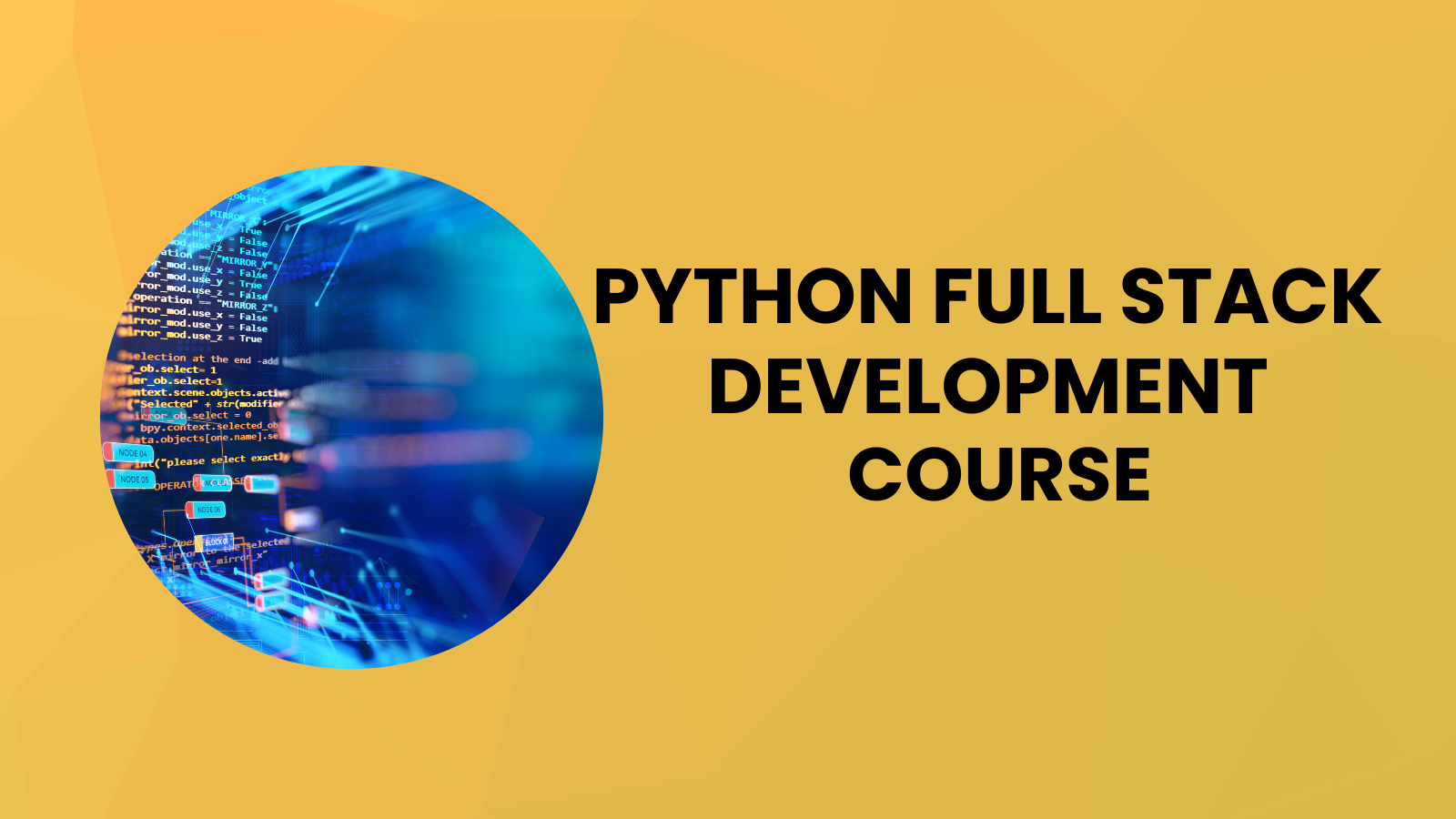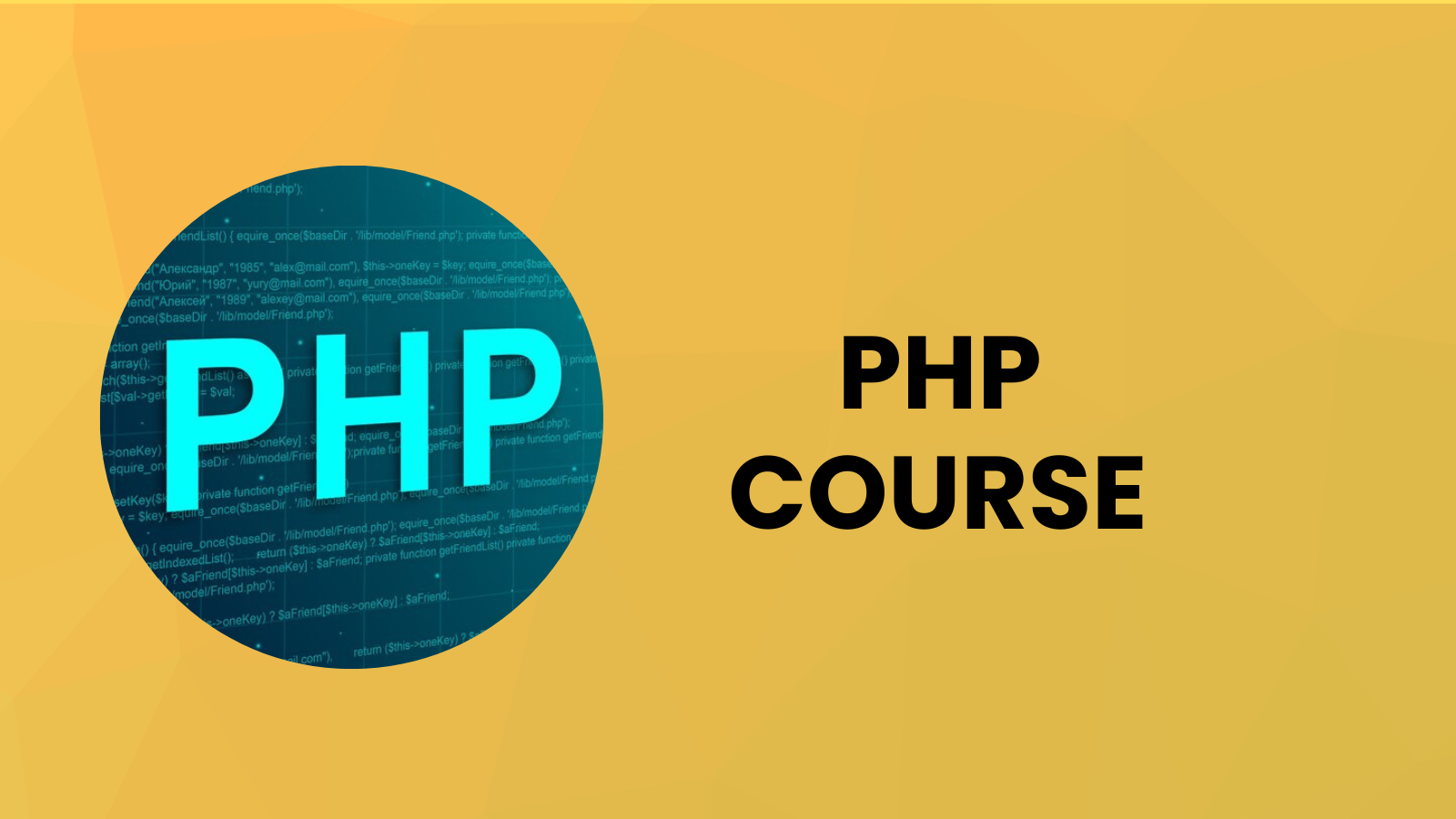Java Full Stack Development
Learn Java Full stack Development with our comprehensive Job Ready Course. Start Your Journey with our Industry…
- 25
- 0
-
(0)

Learn Java Full stack Development with our comprehensive Job Ready Course.
Start Your Journey with our Industry expert Course curriculum. This Full stack Development Course is ideal for beginners, intermediates, and even seasonal professionals. If students are aiming to start a career in full-stack development, develop their coding skills, or develop high-end web applications, this course gives you a complete roadmap to success.
What You’ll Discover:
- Foundations of Full-Stack Development: Build you solid understanding of full stack, covering both front-end and back-end development.
- Front-end development: If you are familiar With HTML, CSS, JavaScript, and frameworks like angular.js or React.js. you will have a perfect foundation of front-end development.
- Back-end Mastery: Gain hands-on experience with server-side technologies such as Node.js, Express.js, Python, and PHP, and learn how to build backend systems that interact seamlessly with databases and external servers.
- Database Management: Create, implement, and manage databases with SQL and MySQL, PostgreSQL, and others as well as NoSQL Systems.
- Strong support system: A community of support, ask about the expert sessions and additional resources that are available to you during the course.
During the course, our Java Full Stack Development Training Institute, Mumbai, teaches you will learn with practical exercises, hands-on projects, and real-world case studies. Our extensive support system includes interactive learning tools, an active community forum, and timely Q&A sessions to ensure you get the help you need every step of the way.
Who Should Enroll:
- Entrepreneurs who want to establish or improve their business websites for more engagement and functionality.
- Students interested in starting a web design profession or exploring freelancing alternatives.
- Businesses want to improve their online presence by creating efficient and user-friendly websites.
- Professionals want to expand their skill sets and stay competitive in the fast-changing digital market.
What Will You Learn?
- HTML 5
- CSS 3
- JavaScript
- JQUERY
- Java
- Spring Boot 3.0
- SQL
- MongoDB
- React
- Angular
- Python
Course Curriculum
HTML 5
-
Weaving the World Wide Web
-
Client Server Architecture
-
HTML Structure-Head,Body and HTML Version
-
HTML Comment
-
Page Information-title,meta,link,style, script
-
HTML Tags and Attributes
-
First Web page – Hello World
-
Text Formatting tags
-
Block Elements
-
Document structure
-
Format tags
-
Image tag
-
Anchor tag
-
Lists
-
HTML structures
-
Table structure
-
HTML5 forms
-
HTML Semantic Elements
-
Audio, video Tag
CSS 3
-
Types of CSS
-
Introduction to Selectors
-
Tag, Id and Class Selectors
-
Combinator selector
-
Pseudo-class selectors
-
Pseudo-elements selectors
-
Attribute selectors
-
Text Properties
-
Custom Font Family
-
CSS Unit types – Color and Size
-
Box properties
-
Border properties
-
Margin and Padding
-
Shadow Properties – Text and Box
-
background properties
-
Float and clear
-
Position Properties
-
Display Properties
-
Responsive Utilities
-
Meta Viewport
-
Media Queries
-
Responsive Images
-
Flexbox Layout
-
Grid Layout
JavaScript
-
Javascript History and Features
-
Types of JS
-
var, let and const keywords Scopes
-
Datatypes
-
Operators
-
Conditional and Control Statements
-
Built-in & Regular Functions
-
Passing Parameters & return value
-
Arrays in JavaScript
-
String and Math Object
-
Window Object – Console,Screen, Location, History
-
Document Object Model
-
DOM structure and hierarchy
-
DOM manipulation methods
-
Event handling
-
Event types (click, submit, keypress)
-
Event propagation and delegation
jQuery
-
Basics
-
Effects
-
DOM Parsing
-
Form Validations
-
Events
-
Creating Functions
-
Inbuilt Functions
-
Dynamic CSS Programming
-
Hide and show elements etc
Advanced JavaScript
-
Arrow Functions
-
Anonymous Functions
-
Javascript Objects
-
Accessing Properties and Methods of the Object
-
Usage of “this” keyword
-
Dynamic Property Syntax in Object Literal
-
Shorter Property Syntax in Object Literal
-
Modern Javascript
-
Template String
-
Destructuring Arrays and Objects
-
Rest/Spread Operators
-
JS Callbacks
-
JS Asynchronous
-
JS Promises
-
JS Async/Await
-
Working on fetch function
-
Creating currency convertor by consuming API
Core Java
-
Introduction of java
-
Java Identifiers and Operators
-
Control Statement in java
-
Array in java
-
OOPS in java
-
Introduction to oops
-
Class and Objects
-
Inheritance
-
Polymorphism
-
Abstraction
-
Encapsulation
-
Packages
-
String in Java
-
Exception Handling in java
-
Multithreading in java
-
File handling and Serialization
-
Collection Framework
-
Java 8 Features
-
Java 9 features
-
JDBC
-
Java Project
Advanced Java
-
Environment Configuration
-
Creating Web Forms
-
Servlet Programming
-
Request Dispatcher
-
Send Redirect
-
Difference between Request Dispatchers & Send Redirect
-
Building JSP Application
-
JSP Programming
-
JDBC Integration
-
JSTL – JSP Tag Library
-
AJAX & JSON
Spring Boot 3.0
-
Request-Response Life Cycle
-
Spring Initializer
-
Project Structure
-
Maven Commands
-
Components of Spring MVC
-
Spring Boot Application using ST4
-
@Controller and @RequestMapping annotations
-
Properties file
-
Spring Boot Dev Tools
-
Spring Core
-
IoC Container
-
@Component and @Bean annotations
-
Beans Overview
-
Dependency Injection – Field, Constructor, Setter
-
Creating REST APIs
-
Creating Service file
-
Creating Rest Controller
-
Consuming REST APIs using Postman
-
Starter validation dependency
-
Built-in validators
-
Validating the Request
-
Database Integration & JPA Repository
-
Add MySQL connector & spring jpa dependency
-
Defining Custom Query Methods
-
JPA Auditing
-
Using Data REST, Pagination & Sorting
-
Relationships & Projections
-
Connect & Render React components
SQL
-
SQL Launchpad
-
Introduction to MySQL
-
MySQL Setup & Installation
-
Understanding Databases, Tables, and Rows
-
Data types, expressions
-
Crafting SQL Databases (DDL) & Mastering Data Control (DML)
-
Table Creation & Structure
-
CREATE ,INSERT , UPDATE ,DELETE & DROP Statements
-
Constraints
-
Querying into Data (DQL)
-
SELECT statement
-
Where clause search condition
-
Arithmetic, Comparison and Logical Operator
-
Range operator
-
List operator
-
Searching with LIKE
-
Using ORDER BY, DISTINCT and TOP
-
Understanding NULL
-
Case statement
-
Unlock the Built in Functions
-
String Function
-
Math Function
-
Date Function
-
Comparison Functions
-
Aggregate Function
-
GROUP BY
-
HAVING Clause
-
Types of Joins
-
Types of Sub-queries
-
SQL Views
MongoDB
-
What is NoSQL?
-
Difference between SQL and NoSQL
-
What is MongoDB?
-
Installing MongoDB on Local Machine
-
Data Types in MongoDB
-
Using MongoDB Shell
-
Perform CRUD Operations in MongoDB
-
Finding Documents
-
Using Projection
-
Various MongoDB Operators
-
Aggregates in MongoDB Queries
React
-
Features of ReactJS
-
Function & Class based based component
-
Adding JSX
-
Dynamic variables – JSX
-
Run JSX Preprocessor
-
Tree Reconciliation
-
Function Component & Props
-
Class Component & Props
-
Counter App
-
Displaying Components
-
Conditional Rendering
-
Short Circuiting
-
Logical, Ternary Operators
-
Handling Side-Effects
-
Pure vs Impure Functions
-
Cleanup of a Side-Effect
-
Add a Side-Effect – Github Cards Project
-
Project: Building E-Commerce Application
-
React Router (v6)
-
Configuring the Routes
-
Navigate Programmatically
-
Handling Query Params
-
Handling Forms
-
Controlled and Uncontrolled Input
-
Controlled and Uncontrolled Input
-
Implement Card Component
-
Pass the profile data from CardList to Card Component
-
Get the value of input box using useRef or useState
-
Filter the profiles array
-
React Context & Reducers Context API
-
Error handling and Debugging
-
Memoization
-
React.memo and PureComponent
-
Testing libraries: Jest, React Testing Library.
-
Snapshot testing and mocking dependencies.
-
React Building & Deployment – Vercel/Netlify
Angular
-
Anatomy of Angular Application
-
Installation & Setting up environment
-
AppModule & Component Declaration
-
Component Lifecycle – 8 Hooks
-
Component Communication
-
Passing data to child component
-
Data Binding
-
Interpolation & Normal Property Binding
-
Two-Way Data Binding
-
Pipes & Strong Typing
-
Using setters and getters of typescript
-
Transforming data using built-in Pipes
-
Attribute Directives
-
Structural Directives: ngIf and ngFor
-
Using Services,Dependency Injection
-
Lifecycle Hooks of a component
-
RxJS & Calling API
-
Creating Observables using of() function & Observable class
-
async pipe
-
Retrieving data using HTTP
-
Routing and Navigation
-
Angular Forms
-
template driven vs reactive forms
-
FormBuilder service
-
Custom validator
-
Reading & Outputting a Signal Value
-
Computed Values & Effects
-
Server Routing vs Browser Routing
-
Production build using `ng build`
-
Deploying app to Github Pages
-
Deploying app to Netlify
Python
-
Introduction to Python
-
Python Interpreter
-
Python Interpreter
-
Control Flow
-
Functions
-
Modules
-
Package
-
Numeric Types
-
String
-
List
-
Tuple
-
Dictionary
-
Set
-
Files
-
Exception Handling
-
Object-Oriented Programming OOPS concepts Defining
-
Multi-Threading
-
GUI Programming with Tkinter
-
Event Handling
-
Data Base Programming
-
Networking
-
Conversion of Python script to executable file
More Courses By Admin
Advanced Digital Marketing
- 22
- 44h
- 1
-
(0)
Digital Marketing Strategy, Social Media Marketing, WordPress, SEO, ChatGPT, Email, Instagram, Facebook, YouTube, ads
Python Full Stack Development
Learn Python full-stack development with our strong comprehensive Python full-stack development course. Traverse into the world of Python full stack…
PHP Full Stack Course
Urbansparks Digital Institute is one of the best institutes for PHP courses in Mumbai. Start Your PHP developer journey with…


